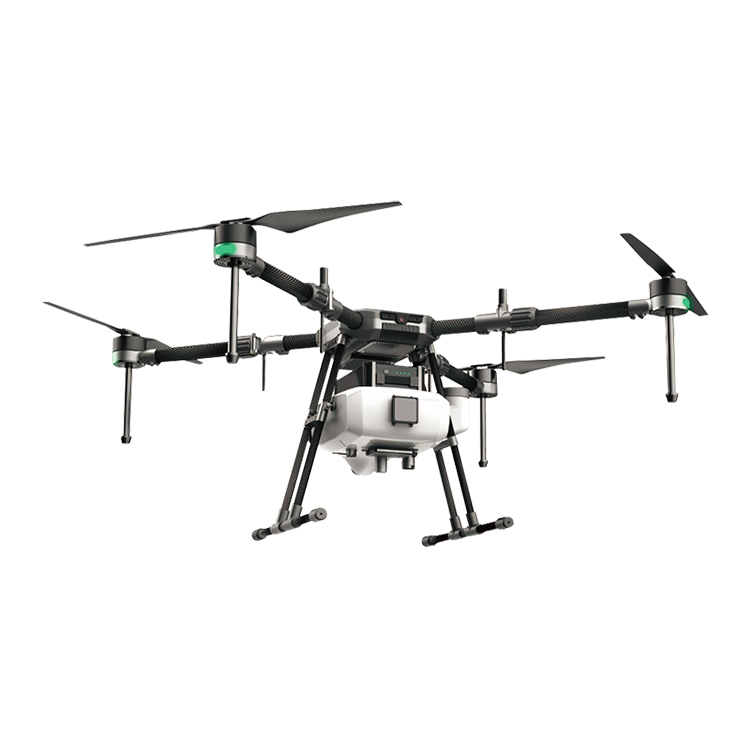Drones have revolutionized the way crop spraying is done. With drones, crop spraying becomes efficient, precise, and less labor-intensive. Unlike traditional crop spraying methods, drones can cover a larger area in a short time, reducing the time and effort required to spray fields manually. Additionally, drones can access difficult terrains and areas previously inaccessible, such as sloping lands, making crop protection more inclusive and effective.

The adoption of drone technology in agriculture in the Philippines is a significant step towards improving productivity and sustainability in the rice farming industry. In line with this, PhilRice has developed and promoted the use of drone technology for crop spraying purposes. Their use has become more popular among farmers due to the significant benefits they offer.
One of the most significant advantages is the reduction in operational costs. Using drones for crop spraying is more cost-effective than traditional methods. Drones require less water and pesticides, and they can cover a more extensive area in a short time, which means that fewer laborers are necessary to complete the task. This ultimately leads to a significant reduction in operational costs.
Sprayer drones in the Philippines are relatively affordable compared to other countries, making it possible for small farmers to afford them. The average price of a sprayer drone in the Philippines ranges from Php 45,000 ($938) to Php 60,000 ($1,250). This cost can be recuperated in the long run by increasing crop yields and reducing operational costs.
Apart from being cost-effective, sprayer drones have a higher degree of precision, which results in the overall increase in crop yields. The drone's precision means that it can spray only the affected areas, and this significantly reduces the exposure of crops to pesticides. It also reduces the risk of over-spraying or under-spraying, which would lead to crop damage or loss.
In conclusion, the use of sprayer drones in the Philippines is a vital step towards promoting sustainable agriculture practices that rely on cutting-edge technology. With their affordability, efficiency, and precision, sprayer drones offer a promising solution in enhancing crop productivity while reducing operational costs. The future of agriculture lies in technology, and sprayer drones are a significant step towards this future. Therefore, it is essential for all stakeholders in the agriculture industry, particularly farmers, to embrace technology and adopt sprayer drones for their operations. Finally breaking down Sprayer Drone Price in the Philippines, the cost typically ranges between Php 45,000 ($938) to Php 60,000 ($1,250).